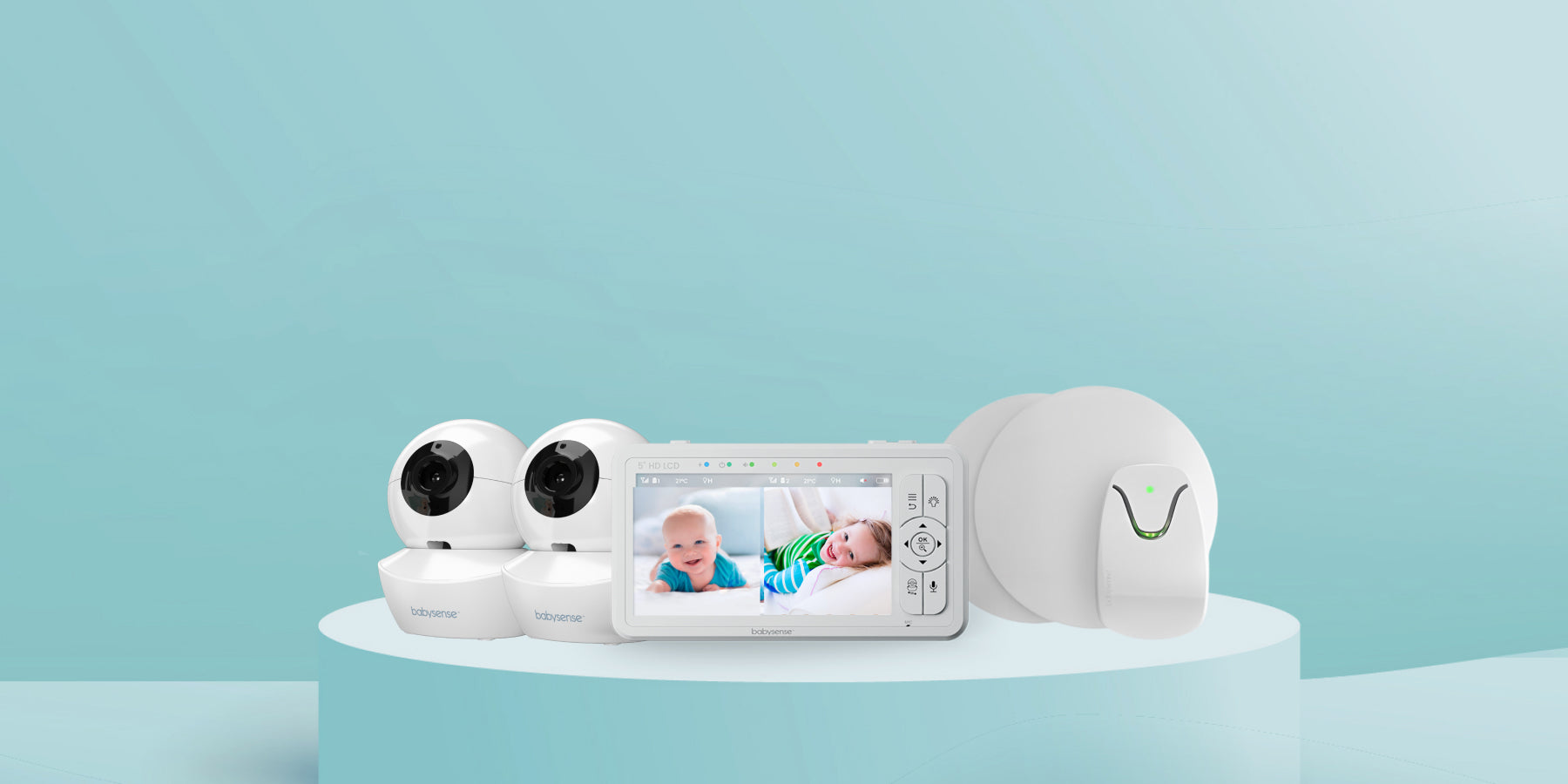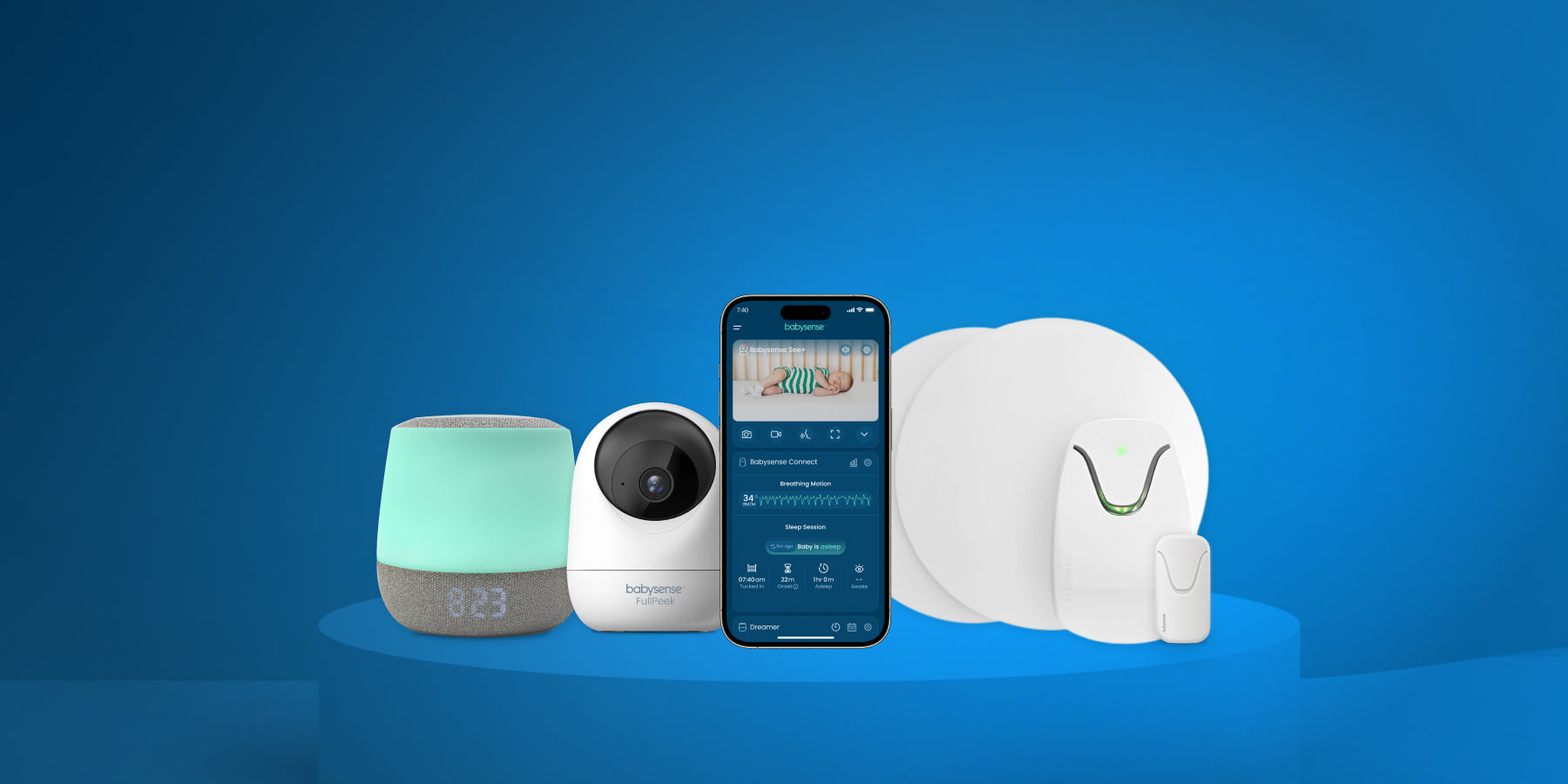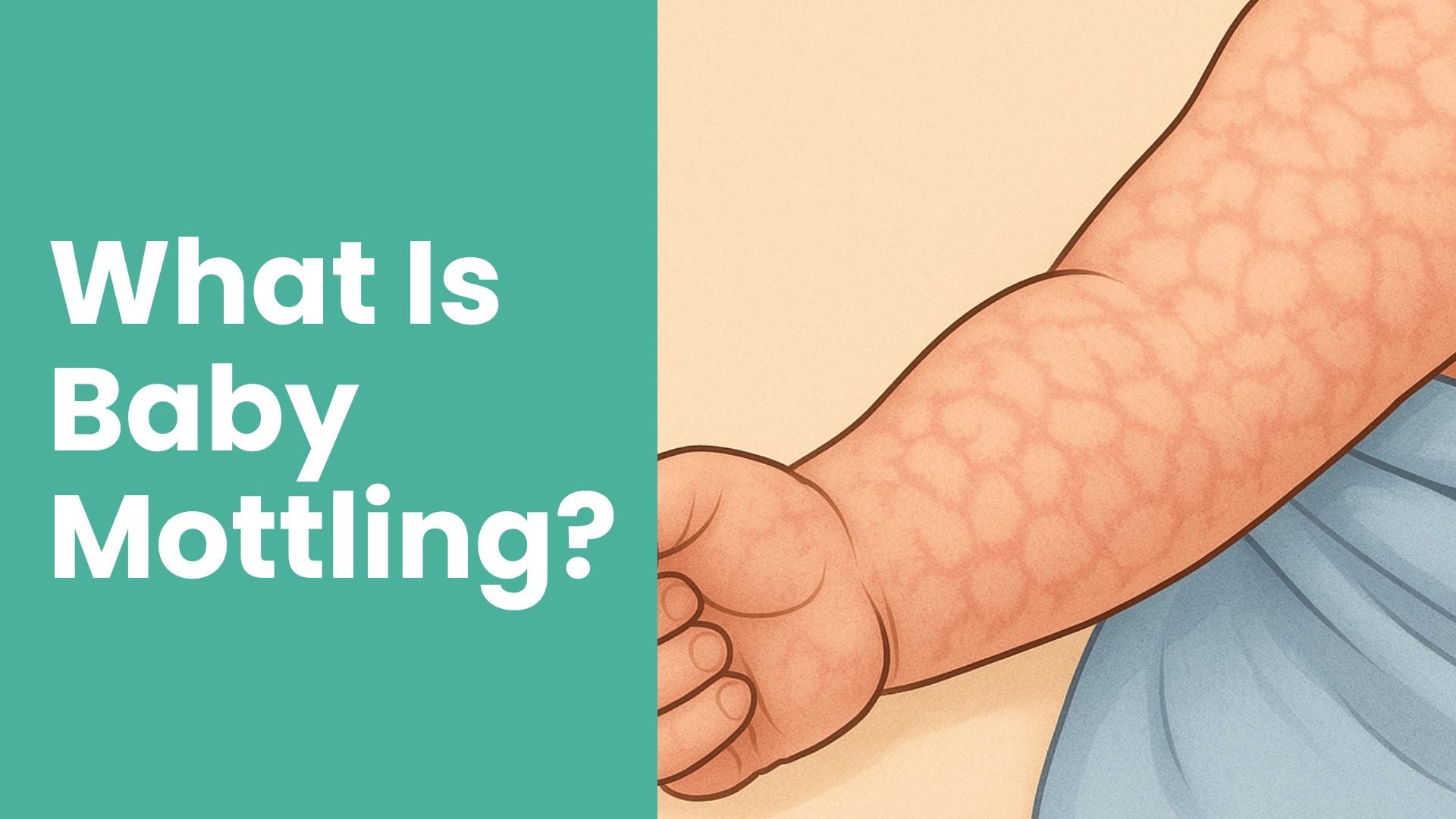At Babysense, your baby’s safety is our top priority. Here’s what the latest research tells us about the safety of baby formula—and what you can do to protect your little one.
A Wake-Up Call for Parents: New Testing Finds Toxins in Baby Formula
A recent investigation by Consumer Reports (CR) tested 41 popular powdered baby formulas for harmful chemicals—and the results are raising eyebrows across the country. The tests looked for toxic substances such as arsenic, lead, BPA, acrylamide, and PFAS, often referred to as "forever chemicals."
While some formulas showed low or undetectable levels of contaminants, nearly half of the tested samples had potentially unsafe levels of one or more harmful substances. This highlights a stark truth: environmental toxins can still find their way into even the most regulated foods.
In response, the FDA announced new initiatives to ramp up oversight of infant formula manufacturing, including improved testing and monitoring for heavy metals and chemicals. It's a step in the right direction—but there’s still work to be done.
Why Safe Formula Matters
For many parents, formula is a lifeline—whether it's by necessity or choice. According to the CDC, 20% of U.S. newborns start life on formula, and by six months, 75% of babies consume it in some form.
Parents like Kathryn Caves and Shayla Hunter shared with CR how formula became essential to their babies’ nutrition journeys. “You just kind of trust that it’s going to be safe,” said Caves. That trust is what makes these findings so concerning.
The Most Concerning Findings
Here’s what CR discovered in its latest round of testing:
Arsenic
-
Found in 7 formulas above CR’s recommended limit.
-
Highest level detected in Abbott’s EleCare Hypoallergenic (19.7 ppb).
-
Long-term exposure is linked to cancer risks.
Lead
-
Present in almost every formula tested.
-
Up to 100% of California’s maximum allowable daily dose in some formulas.
-
Even small amounts can harm developing brains and contribute to ADHD or lowered IQ.
PFAS (Forever Chemicals)
-
Detected in many formulas, including legacy PFOS.
-
Associated with compromised immunity and developmental issues.
-
Hard to avoid entirely, but filtering water can help reduce exposure.
BPA & Acrylamide
-
Only one formula (Enfamil Nutramigen) tested positive for both.
-
BPA is known to disrupt hormones; acrylamide is a potential carcinogen.
The Good News: Safer Options Exist
Not all formulas failed the test. CR found many products with undetectable or very low levels of toxins—proving that safe, clean formula is possible.
Top-scoring brands include:
-
Bobbie Organic & Bobbie Organic Gentle
-
Enfamil NeuroPro & Gentlease
-
Earth’s Best Organic Dairy
-
Holle Bio Organic Stage 1
-
Kendamil Whole Milk
-
HiPP Dutch Organic Stage 1
These brands were praised for rigorous testing and ingredient sourcing, with some like Bobbie boasting 2,000 quality checks per batch.
What Parents Can Do
Feeling overwhelmed? You’re not alone. But there are practical steps you can take:
-
Stick With Trusted Brands: Use CR’s recommended list and talk to your pediatrician before switching formulas.
-
Use Clean Water: Filter your tap water or use bottled water to mix formula, especially if you rely on well water.
-
Don’t DIY Formula: Homemade formulas can lead to dangerous nutrient imbalances or contamination.
-
Shift the Burden to Regulators: Advocate for stronger standards and transparency in formula safety testing.
As Dr. Steven Abrams of the University of Texas says:
“Just make it safe. Parents shouldn’t have to navigate this alone.”
How Did We Get Here?
Infant formula safety has come a long way thanks to tireless advocates like Carol Laskin and Lynne Pilot, who fought to pass the Infant Formula Act of 1980. But despite its legacy, current regulations focus more on nutritional content than environmental contaminants—leaving dangerous gaps in oversight.
Even today, the FDA lacks legal authority to require formula manufacturers to test for heavy metals or PFAS. That’s why independent testing like CR’s remains critical.
Final Thoughts: Formula Safety Is Everyone’s Responsibility
No baby should be exposed to unnecessary health risks through their food. While the presence of contaminants in formula is deeply concerning, it’s also important to remember that:
-
These toxins are widespread in the environment.
-
Formula is still a safe and vital source of nutrition for millions of babies.
-
There are cleaner, safer options on the market.
We at Babysense are committed to supporting your parenting journey with safety-first information and peace of mind. For more on how to protect your baby, explore our baby health & safety blog.





